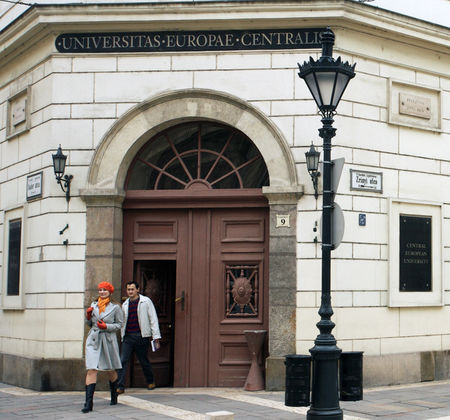We are happy to announce the next presentations of the Visegrad Scholarship at OSA. Join the event in the Archivum, or online following the link below!
The presentations will be held at 3:30 p.m. on Tuesday, March 28, 2023, in the Meeting Room of the Blinken OSA Archivum, and online. The Zoom link of the meeting is: https://ceu-edu.zoom.us/j/91488410793?pwd=cTdvRWs0dzBqTDdtVGtPTGxYeFQwZz09
East European Studies and the Making of Post-Socialist Academia
1989 marked a turning point for East and Southeast European Studies. As political advisors and academic bridge-builders, experts for these regions took on essential ad-hoc and long-term tasks in the transformation process. At the same time, the end of the Cold War challenged them to renegotiate the institutional and discursive self-understanding of historical, contemporary, and future research on Eastern and Southeastern Europe. This historiographical postdoctoral project asks about the agency and agenda of scholars of Eastern and Southeastern Europe, and in particular of Slavic and historical studies, in post-Cold War Europe. Based on the research at the Blinken OSA Archivum, the presentation will discuss the major role that CEU played as an academic hub between the “East” and the “West.”
Architecture and the Second Public Sphere in Hungary 1974–1989
Whereas in the memory discourse of the architectural profession in Hungary the State Socialist era is often described as a period of suppressed autonomy and relative isolation, the peculiarities of the Kádár regime and the humanistic agenda of its cultural policy made it more open to public debates and the criticism of technocratic modernization than in most other countries of the Eastern Bloc. The research at the Blinken OSA Archivum sought to identify issues related to architecture and urbanism, which despite this relative openness were not allowed to enter the controlled arena of the first public sphere and were therefore deemed to be discussed in samizdat publications. As the review of the latter has shown, the few relevant writings revolved around the dichotomy of official bureaucratic control and informal solutions, and of spontaneity and planning, and were concerned primarily with self-building and the shortcomings of the centralized management of housing construction. This presentation will also answer why architects have not made greater use of illegal publications for articulating their concerns, and how the legal forums of the second public sphere relevant for architecture, such as zines and exhibition venues, operated.


